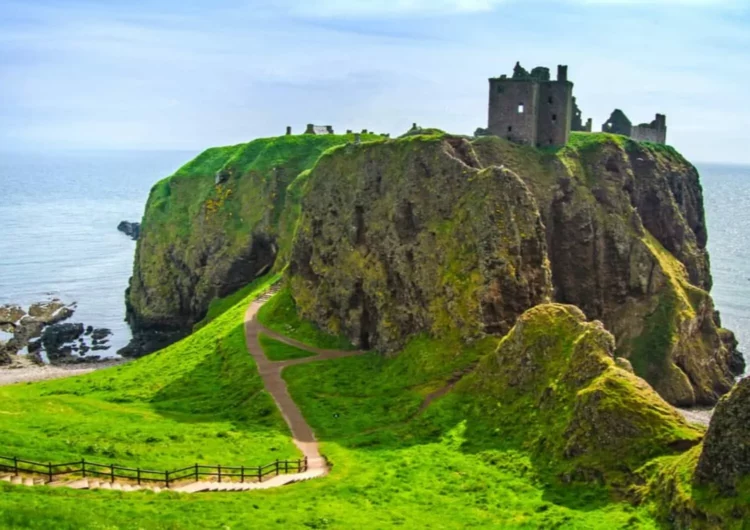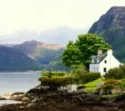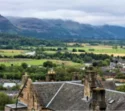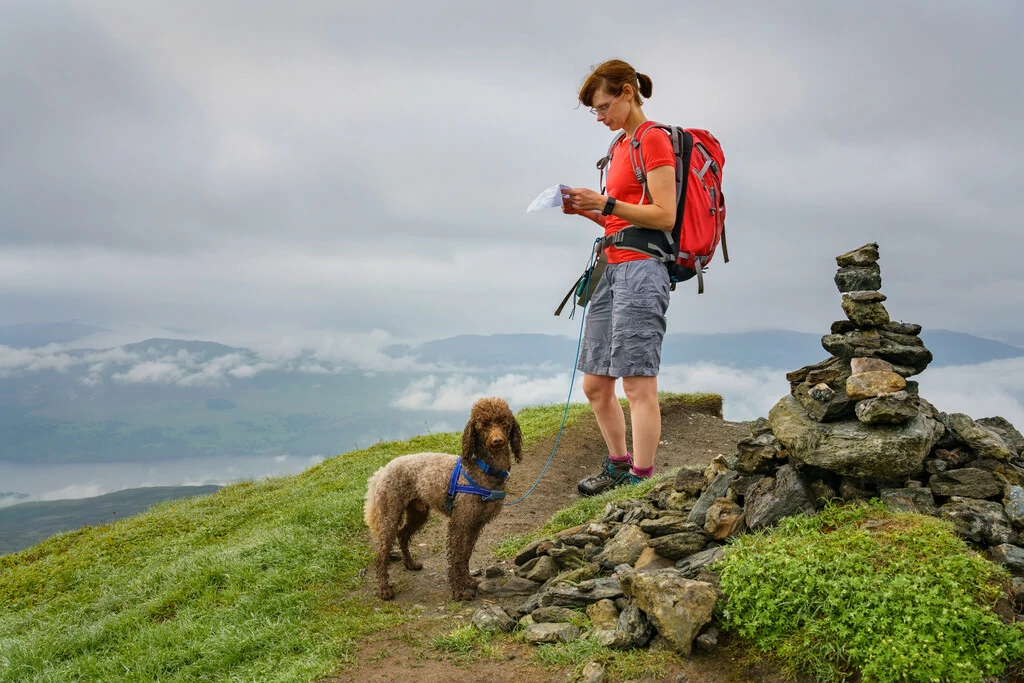
Dog-friendly accommodation for your UK tour
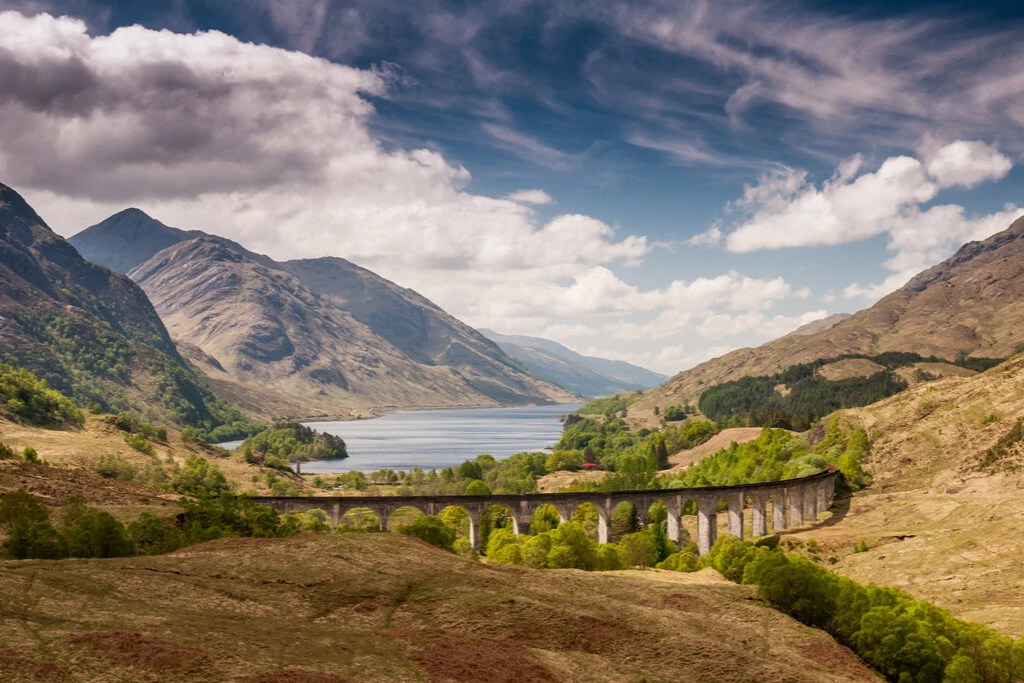
The Scottish Highlands are a must-see mountainous region in the North of Scotland, commonly acknowledged as one of the most scenic areas of Europe. The Highlands are separated from the Scottish Lowlands to the South by a geographical fault known as the Highland Boundary Fault – the result of two great, natural tectonic events. Within the Highlands of Scotland, the Great Glen, another geographical fault, divides the Grampian Mountains in the southeast from the Northwest Highlands. It is certainly worth a visit, and you can book some fabulous Belvilla holiday rental homes for a weekend break or a full holiday.
Inverness – The Capital of the Scottish Highlands
The city of Inverness is the capital of the Highlands, and it owes its popularity as a holiday destination to its strategic location from where you can journey out to many wonderful local sites. The city itself is small, having only approximately 50,000 inhabitants, and is, in itself, well worthy of a visit.

You can enjoy some world-class shopping in the city centre, where you’ll find some excellent boutiques, and you can visit the Victorian market, whose roots stretch back to the 19th century. Here, amongst other things, you will come across handmade bagpipes and delicious artisan chocolate.
Another great place to visit in the city is the Botanic Gardens, with its impressive greenhouses, which are home to a great diversity of plant life from all over the world – from the tropical rainforests to barren deserts. There is no charge, and its serene atmosphere makes a nice break from the hustle and bustle of city life. Inverness also boasts the largest used bookstore in Scotland – Leakey’s. It’s not just the books that are worth a look; the internal architecture of the store is absolutely stunning.
Ben Nevis
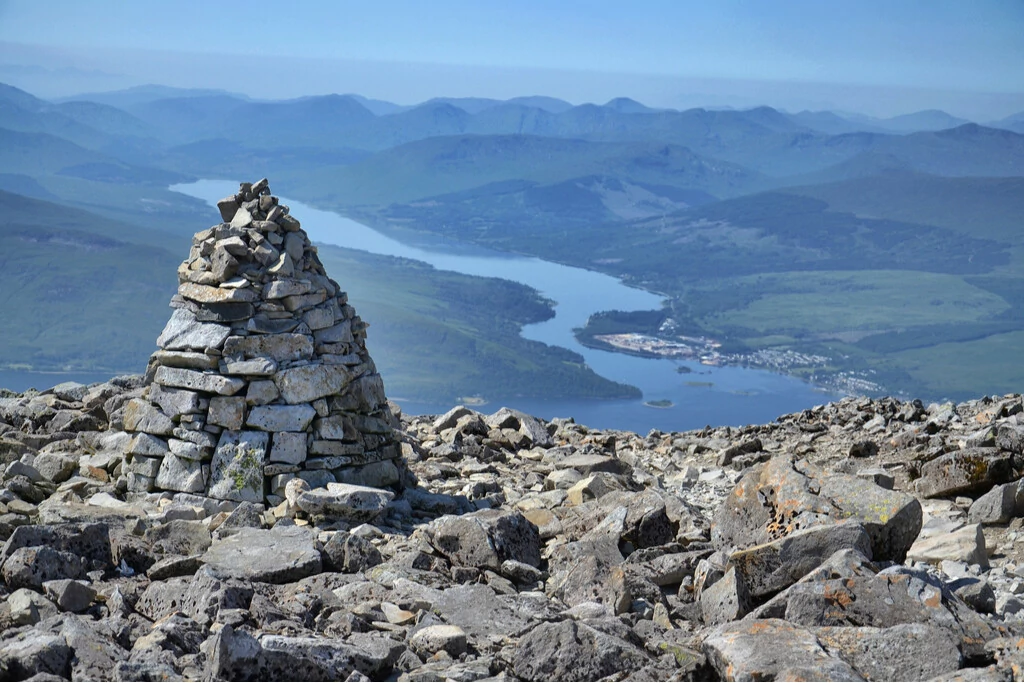
No visit to the Scottish Highlands is complete without a trip to Ben Nevis, Scotland’s most iconic mountain. It is located in the northwest, not far from Fort William. With its soaring peaks and glacial valleys, it is a sight to behold. There are two hiking trails you can follow – the Mountain Track, which is the one that most tourists tend to take, and the Càrn Mòr Dearg Arête route. The latter is more challenging and therefore suitable for more experienced hikers.
Atop the mountain, you will come across a striking cairn which marks the highest point. From here, you get a wonderful 360° panoramic view, and on a clear day, you can even pick out Northern Ireland.
Loch Ness
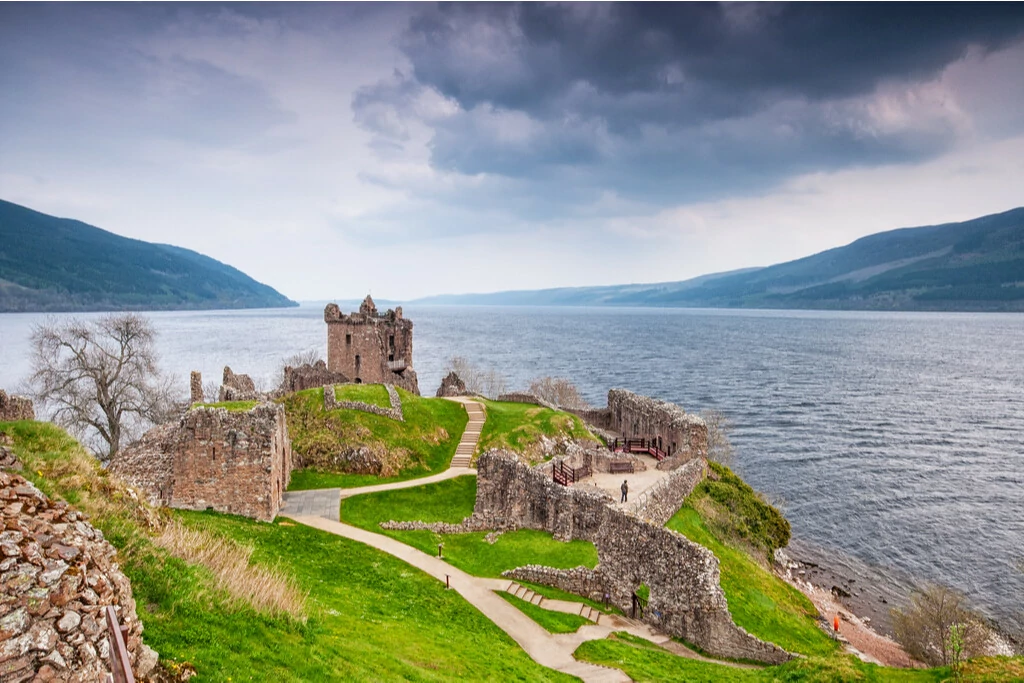
If you visit Scotland, you simply have to see Loch Ness. Famous for the fabled Loch Ness monster, this awesome loch contains more water than all of the lakes in England and Wales combined.
Situated in the Great Glen, Loch Ness is surrounded by a stunning, hilly landscape and is a nature lovers’ paradise. If you go country walking, make sure you have a pair of binoculars and a camera to hand. The wildlife you may encounter includes badgers, wild boar, pine martens, red deer, red squirrels and that rarest of all animals – the Scottish wildcat. The birdlife is plentiful, too, with the likes of golden and white-tailed eagles, ospreys, and Slavonian grebes.
Swimming in the loch is permitted year-round. Just make sure you don’t end up as a tasty snack for Nessie – the Loch Ness Monster.
The Isle of Skye
The Isle of Sky not only has some of the most stunning scenery to be admired when you visit Scotland, but it is also steeped in history. It is the place to which Bonny Price Charley fled after the Battle of Culloden in 1746, as he tried to evade capture by British troops.
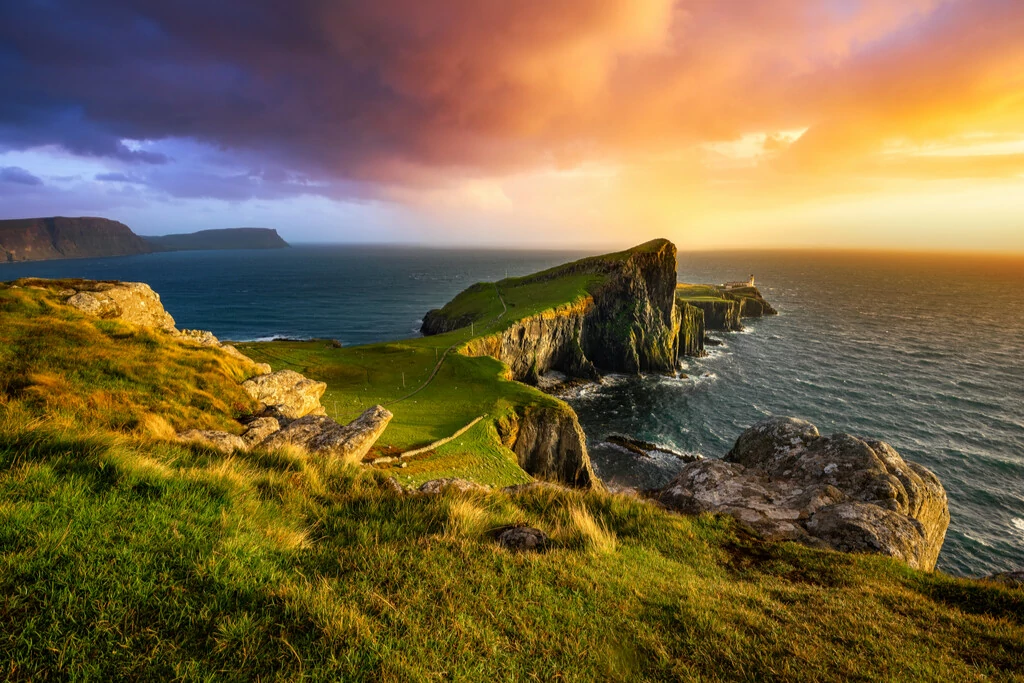
Today, the island is connected to the Scottish mainland by a bridge. The Isle of Skye is the largest island in the Inner Hebrides, and its fabulous landscape is dotted with medieval castles and picturesque fishing villages.
If walking is your thing, you must follow the 7 km trail through Quiraing, the result of a landslide on the eastern side of Meall na Suiramach. You will be treated to some fabulous views along the way. The trail is well sign-posted throughout. But be sure to check the weather forecast before you set off. The cliffs this far north are notoriously windy, and in the winter, the days are short.

